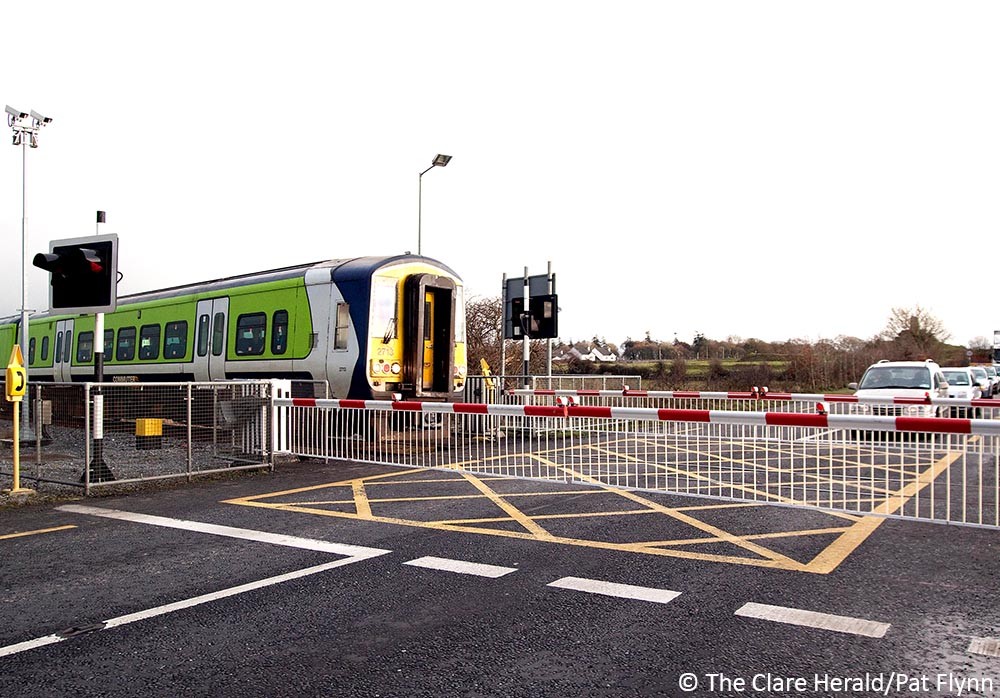
Shannon Chamber has submitted “constructive suggestions” to the National Transport Authority (NTA) on how the current draft of the Limerick Shannon Metropolitan Area Network (LSMATS) 2040 could be further refined to deliver tangible benefits to Shannon.
The submission follows extensive consultation between its board of directors, Chamber membership, involvement in the newly formed Transport and Mobility Forum, and a meeting with the NTA.
If the points raised in its submission to the LSMATS draft are implemented, Shannon Chamber believes that they would greatly assist the NTA in attaining its goals of developing Limerick and Shannon as a unified metropolitan area and reduce transport emissions, the overall goals of the Strategy.
Shannon Chamber’s submission has been prepared against a background, as outlined by the NTA, where 79% of Shannon’s residents drive or are driven to work, 92% of Shannon’s workers drive or are driven to work, 1 in 4 trips to work take 10 minutes or less, 54% of college students drive or are driven, 32% of students aged 13-18 are driven to school and, the structure of the town severs the resident population from employment areas.
“The cornerstone of our submission is that the three elements of Shannon – the Town Centre, Shannon Free Zone, and Shannon Airport – must be inter-connected in any new Transport Strategy, to make all parts of Shannon easily accessible for residents, workers and visitors,” stated Shannon Chamber CEO Helen Downes, outlining details of the Chamber’s submission made last week, ahead of the 30 October deadline.

“The future development of Shannon must combine the living, working and leisure aspects of the town as a unit, not as separate attributes. This point has also been raised in our submission to Clare County Council to inform the drafting of the Shannon Town Masterplan.
“Overall, we were very heartened to see references in the draft LSMATS to improving Shannon’s transport system and making connectivity between Shannon and Limerick more seamless.
“Our board and members were also delighted to have had the opportunity to meet virtually with the deputy chief executive and director of transport planning with the NTA and also with the LSMATS project manager. Connecting directly with the executives drafting the strategy was mutually beneficial as it enabled both parties, the NTA and the Chamber, to fully comprehend the collective objectives. This should result in refinements being made to the draft strategy that match the needs of all stakeholders,” added Ms Downes.
Having examined the LSMATS draft in detail, Shannon Chamber’s submission included direct section by section commentary on the draft Strategy and a summary of key points on walking, cycling, bus and rail connections, roads and streets, traffic management, freight delivering and servicing and recommendations which the Chamber would like to see incorporated into the Strategy. It also referenced the viability of developing the Connected Autonomous Vehicle (CAV)/Mobility as a Service (MaaS) sector in Shannon and the benefits of considering a 4th River Shannon crossing for delivery in the longer term.

Suggesting that a change in policy and practice is required to encourage people to transfer to public transport and that interventions to change habits will take time but will be considered if the benefits are obvious and widely promoted, Ms Downes added: “The view of Shannon Chamber and its membership is that, for public transport to work in Ireland, with a population so spread out, it has to operate like the courier, ‘Hub and Spoke’ model, with intercity high-speed transit time journeys connecting the cities, supported by local and frequent transport connections within each city and the surrounding areas, including park and ride locations on the periphery.
“For this to be successful, the local transport network would need to be frequent, smaller, and environmentally friendly. The ideal solution for this type of local network could rest in some type of electrified autonomous trams or buses. This has been successfully rolled out in the Netherlands,” added Ms Downes
Commenting on the impact COVID-19 might have on some aspects of the draft Strategy, Shannon Chamber also suggested that, given the level of change necessitated by COVID-19 and the growth in remote working, which is reducing worker commuting to major employment centres, it would be beneficial to factor this and any future such potential impacts on transport patterns into the drafting of the LSMATS, as this might further impact the way we live our lives.
